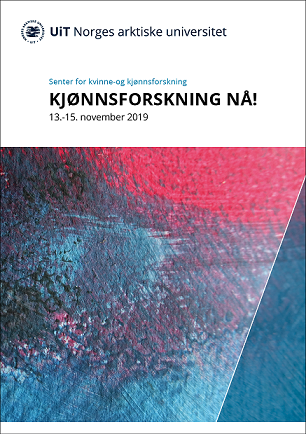Theorizing Lateral Violence in Sápmi
DOI:
https://doi.org/10.7557/5.5084Keywords:
Sámi society, lateral violence, violence against women, social media, storytelling methodologyAbstract
Until the advent of social media, it has not been natural to speak openly about sexual violence in Sápmi. The tendency toward silence on the part of victim/survivors can be attributed to a number of factors, including fear of collective racialized judgement, fear of not being believed, and a tendency on the part of minorities to “protect their own.” However, in the last five years we have witnessed a wave of Sámi survivors—especially young women and Queer youth—sharing their personal, storied experiences of lateral violence on social media, and even in Sámi and mainstream media. Many survivors’ stories reflect a “calling out” of Sámi society to break with taboos, as well as a “calling out” of Norwegianization and state systemic indifference to the problem of sexual violence in Sámi communities. Pre-dating the watershed moment of the Divtasvuotna/Tysfjord case and the #metoo and #timesup movements in the USA, young Sámi women began telling their stories of survival of sexual assault and harassment on various social and traditional media platforms, and Sámi youth organizations addressed issues of sexual violence and harassment in their own organizational structures and in societal terms.
To the best of my knowledge, there has been limited research on sexual violence in Sápmi, with the exception of large-scale surveys from the health sciences that reveal that Sámi women experience domestic and sexual violence at higher rates than the majority Nordic population; further, it is well-known in Sámi society that the majority of offenders are themselves from within the Sámi community.
My presentation will be a “discussion of a new research idea” on theorizing the gendered, racial, and colonial nature of sexual violence against Sámi women in a historical and systemic trajectory.
Metrics
No metrics found.









